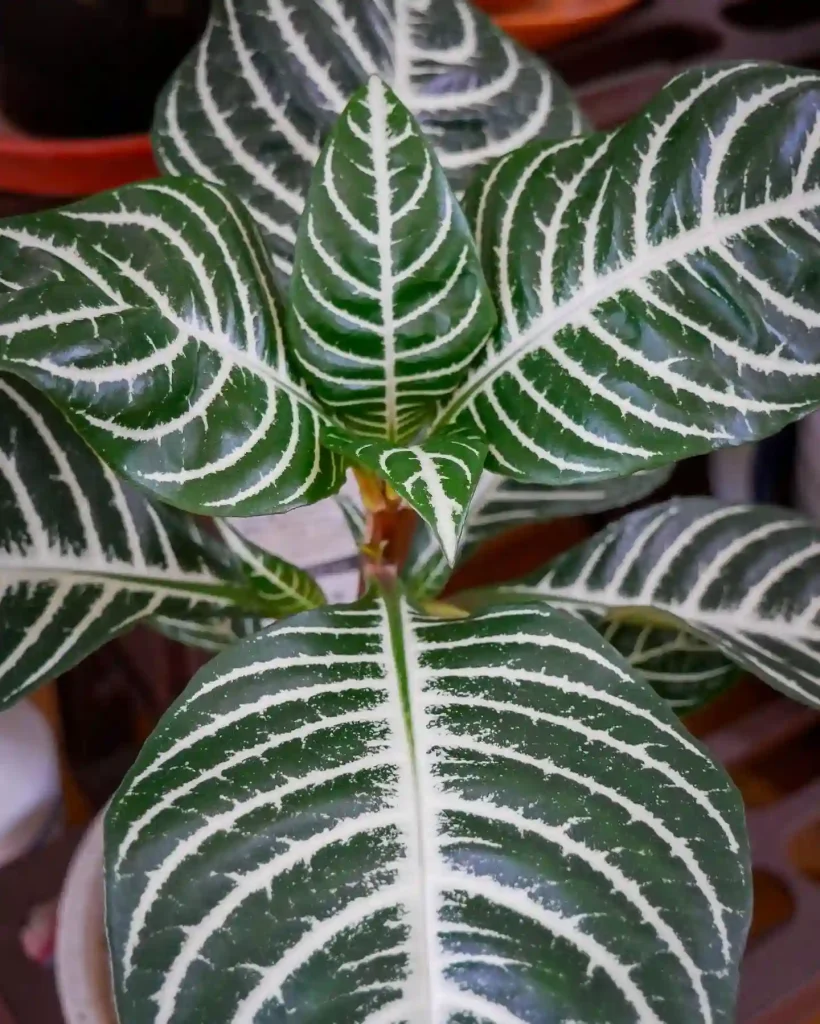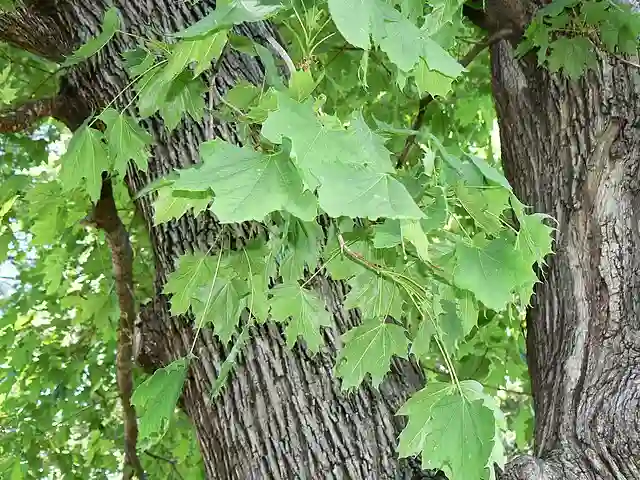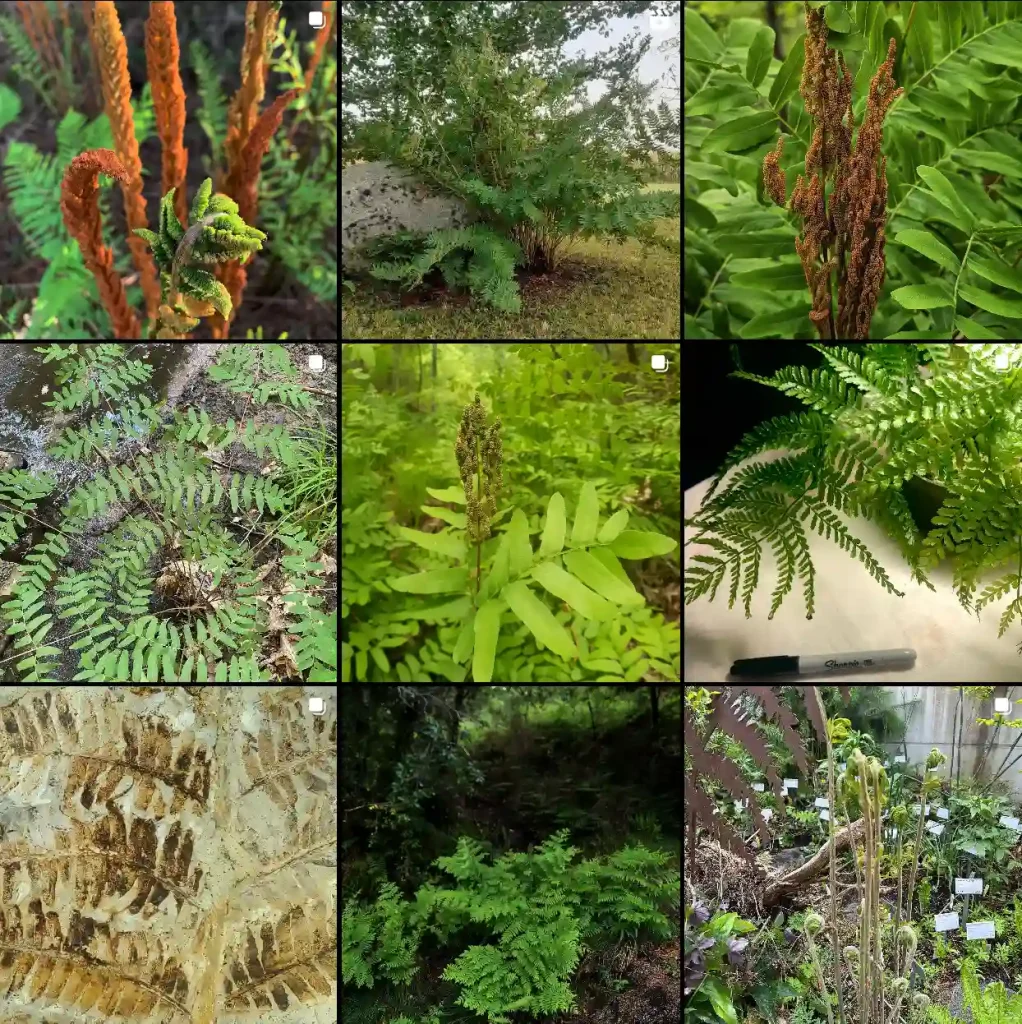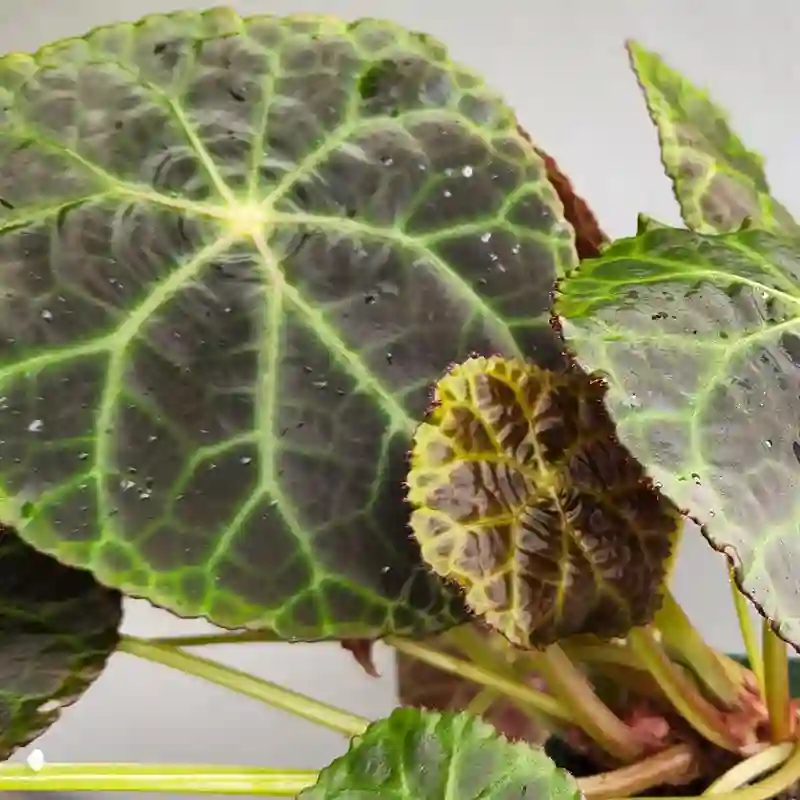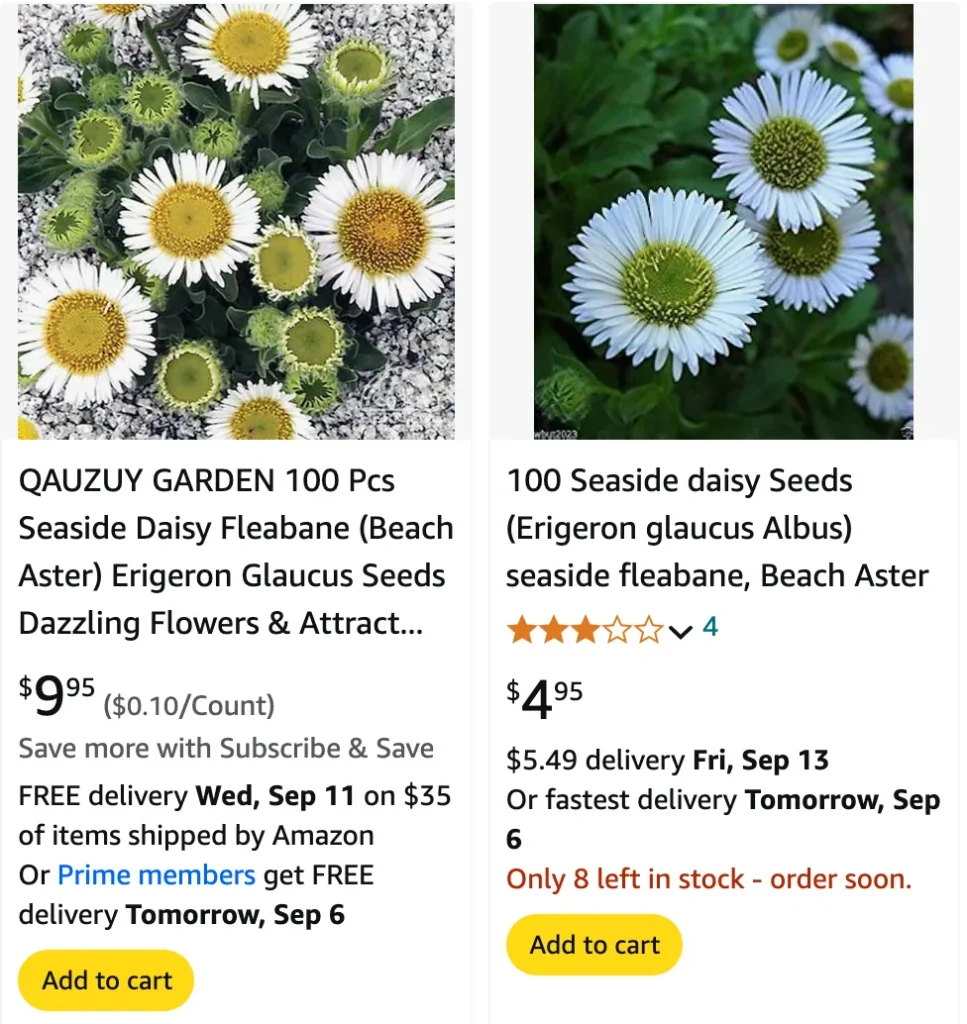
FAQs About Erigeron Glaucus
Erigeron Glaucus, also known as Blue Daisy, is a perennial favorite among gardeners. This plant’s vibrant blooms and hardy nature make it a popular choice for various landscapes. Here are some frequently asked questions I get about this charming plant.
465 Species in Genus Erigeron
What Is Erigeron Glaucus?
Erigeron Glaucus is a perennial herbaceous plant belonging to the Asteraceae family. Known for its striking blue or lavender daisy-like flowers, it adds a splash of color to gardens from spring to summer. The plant typically grows to about 12-18 inches in height and spreads out to form a dense ground cover. Its foliage is gray-green, which contrasts nicely with its colorful flowers.
How to Care for Erigeron Glaucus?
Caring for Erigeron Glaucus is relatively simple, making it ideal for both novice and experienced gardeners. Here’s a quick rundown of its care requirements:
- Sunlight: This plant thrives in full sun but can tolerate partial shade. Ideally, it should receive at least 6 hours of direct sunlight daily.
- Soil: Erigeron Glaucus prefers well-draining soil. It is quite adaptable but grows best in sandy or loamy soil. Ensure that the soil isn’t too heavy or clayey to prevent root rot.
- Watering: Regular watering is necessary, especially during dry periods. However, be cautious not to overwater. The soil should be kept moist but not soggy.
- Fertilizing: A light application of a balanced fertilizer in early spring can help promote healthy growth and abundant flowering. Avoid excessive fertilization, as it can lead to lush foliage at the expense of blooms.
- Pruning: Deadheading spent flowers encourages more blooms. After flowering, you can trim back the plant to maintain its shape and encourage a second round of blooms.
How to Propagate Erigeron Glaucus?
Propagation of Erigeron Glaucus is quite straightforward. Here are a few methods:
- Seeds: Sow seeds in early spring or late summer. Scatter them on the soil surface and lightly press them in. Keep the soil moist until germination, which usually takes 2-3 weeks.
- Division: Divide mature plants in early spring or fall. Carefully separate the root clumps and replant them in new locations. This method is effective for rejuvenating older plants and increasing your garden stock.
- Cuttings: Take softwood cuttings in late spring or early summer. Dip the cut end in rooting hormone and plant in a pot with a mix of peat and perlite. Keep the soil moist and in a shaded area until roots develop.
What to Plant With Erigeron Glaucus?
Erigeron Glaucus pairs well with a variety of plants due to its versatility and vibrant blooms. Here are some excellent companions:
- Lavender: The purple hues of lavender complement the blue daisy’s flowers and both plants thrive in similar conditions.
- Coreopsis: The bright yellow blooms of Coreopsis create a striking contrast with the blue or lavender of Erigeron Glaucus.
- Salvia: Both plants enjoy full sun and their colors can beautifully accentuate each other.
- Sedum: For a low-maintenance garden, combining Erigeron Glaucus with Sedum provides a mix of textures and colors.
Is Erigeron Glaucus Toxic?
No, Erigeron Glaucus is not considered toxic to pets or humans. It is a non-toxic, safe plant for gardens where children and animals play. However, as with any plant, it’s best to avoid consumption to prevent any potential digestive discomfort.
Benefits of Erigeron Glaucus
Erigeron Glaucus offers several benefits to gardens and landscapes:
- Attracts Pollinators: The bright flowers attract bees, butterflies, and other beneficial insects, supporting a healthy garden ecosystem.
- Low Maintenance: Its hardy nature means it requires minimal care once established, making it ideal for busy gardeners.
- Versatile: Suitable for various garden styles, including rock gardens, borders, and container gardening.
Common Problems
While Erigeron Glaucus is generally hardy, it can encounter a few issues:
- Powdery Mildew: This fungal disease appears as a white powder on leaves. Ensure good air circulation and avoid overhead watering to minimize this problem.
- Root Rot: Overwatering can lead to root rot. Ensure the soil drains well and adjust watering practices as needed.
- Pests: Watch for aphids and spider mites. Regular inspection and appropriate treatments can help manage these pests.
How Does Erigeron Glaucus Compare with Other Similar Plants?
Erigeron Glaucus is often confused with other plants such as Erigeron Karvinskianus and Bellis Perennis (English Daisy). Here’s how they differ:
- Erigeron Karvinskianus: Also known as Mexican Fleabane, this plant has smaller, daisy-like flowers and tends to spread more aggressively than Erigeron Glaucus.
- Bellis Perennis: The English Daisy has a similar flower shape but typically features white or pink blooms rather than blue or lavender. It also has a more compact growth habit compared to Erigeron Glaucus.
In conclusion, Erigeron Glaucus is a delightful plant that brings vibrant color and low-maintenance charm to any garden. By understanding its care requirements and potential issues, you can ensure it thrives and enhances your outdoor space.
If i die, water my plants!
